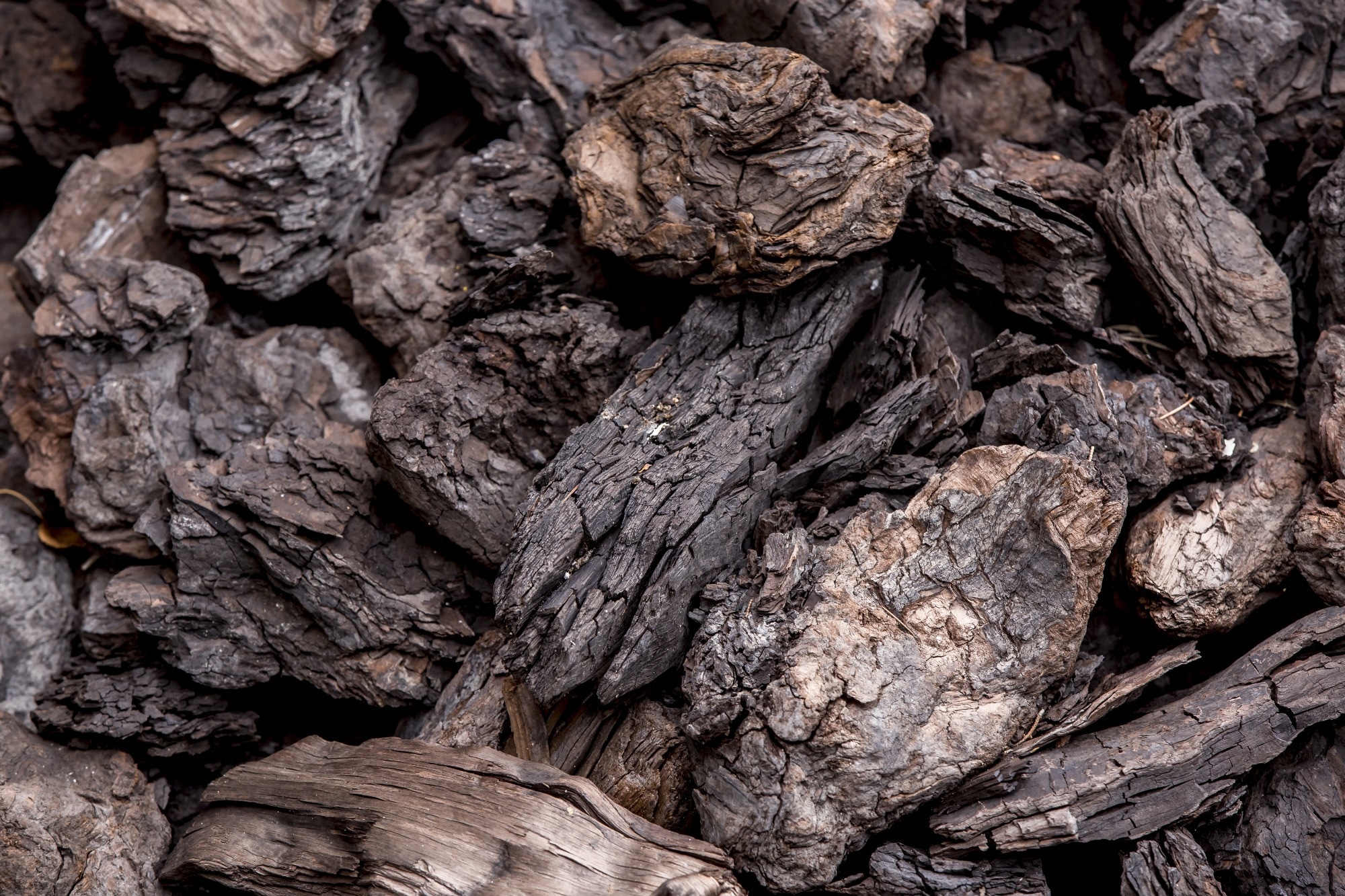A recent study in Scientific Reports explores how low-temperature oxidation affects the microstructure and spontaneous combustion risk of lignite from the Lingquan Mine.

Image Credit: Fotosr52/Shutterstock.com
Lack of Studies on How Oxidation Alters Pore Structure
Lignite, a low-rank coal with high moisture content and a loosely bound microcrystalline structure, is especially prone to spontaneous combustion. Its porous nature and abundance of reactive functional groups make it highly susceptible to oxidation. Past research has shown that pore characteristics, such as size distribution and surface area, play a major role in how oxygen interacts with the coal, influencing heat buildup and ignition potential.
Functional groups, including hydroxyl, methyl, and carbonyl, are known to be active sites for oxidation reactions. Structural changes, such as pore expansion, surface cracking, and increased amorphous content, also impact how easily lignite can ignite.
While various studies have examined oxidation at different temperatures, there has been a lack of in-depth, multidimensional analysis covering how oxidation alters pore structure, microcrystalline patterns, and chemical composition simultaneously.
This study aims to fill that gap by examining how low-temperature oxidation influences these properties, and what that means for spontaneous combustion.
How Lignite Changes When Exposed to Low-Temperature Oxidation Levels
Researchers used analytical tools to assess how lignite changes when exposed to different low-temperature oxidation levels. Scanning electron microscopy (SEM) captured detailed surface morphology and pore distribution, revealing pore connectivity and quantity shifts as oxidation progressed.
Nitrogen adsorption and desorption isotherms were employed to measure pore size, specific surface area, and total pore volume. These are key metrics for understanding microstructural changes at the nanoscale.
X-ray diffraction (XRD) provided insights into how the microcrystalline structure evolved, particularly regarding the spacing and order of aromatic layers. Meanwhile, Fourier-transform infrared spectroscopy (FTIR) was used to monitor changes in chemical functional groups, with spectral deconvolution quantifying alterations in reactive moieties such as hydroxyl, methyl, and carbonyl groups.
Samples were oxidized at temperatures ranging from ambient conditions up to 200 °C, capturing the early and more advanced stages of oxidation. The team focused on how key parameters such as pore volume, layer spacing, and functional group composition changed over this temperature range.
The study found that low-temperature oxidation significantly modifies lignite’s pore architecture. Pore volume, particularly within the mesoporous range (2–50 nm), initially increases, peaking at around 100 °C. This is likely due to water evaporation and mild thermal stress, which create or expand pore pathways. However, as the temperature exceeds 100 °C, pore volume and surface area decline, possibly due to structural collapse or sintering effects. The pore size distribution becomes more varied, and fluctuations in surface fractal dimensions point to a dynamically evolving pore network.
XRD analysis shows that the spacing between aromatic layers (d_002) increases with temperature, indicating a loosening of these molecular stacks. This is accompanied by a reduction in stacked layers and overall microcrystalline order, signaling a decline in structural stability. These changes make the coal more vulnerable to oxidation and spontaneous ignition.
FTIR spectra reveal a rise in infrared absorption in bands associated with oxygen-containing and hydroxyl groups, suggesting that oxidation pathways are becoming more active. Notably, the content of hydroxyl and methylene groups decreases with higher oxidation temperatures, while methyl and carbonyl groups increase. This shift toward more reactive, electron-rich functional groups supports the formation of radical chain reactions, a critical step in the combustion process.
Low-Temperature Oxidation Produces Significant Lignite Changes
This research clearly shows that low-temperature oxidation triggers significant microstructural and chemical changes in lignite.
Mesopore development and increased surface area enhance oxygen adsorption, while the crystalline structure becomes less stable.
Simultaneously, the chemical profile shifts toward reactive groups like methyl and carbonyl, setting the stage for combustion-initiating reactions.
These structural and molecular changes raise the risk of spontaneous ignition, especially beyond 100 °C.
The findings underscore the importance of careful monitoring and management of oxidation in lignite during storage and mining operations. By understanding how these changes unfold, we can develop more effective strategies for fire prevention and risk assessment in coal handling.
Source:
Chen J., Wen Y., et al. (2025). Multiscale characterization of microstructural reconfiguration induced by oxidation in lignite from the Lingquan mining colliery. Scientific Reports 15, 22494. DOI: 10.1038/s41598-025-03996-4, https://www.nature.com/articles/s41598-025-03996-4